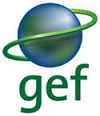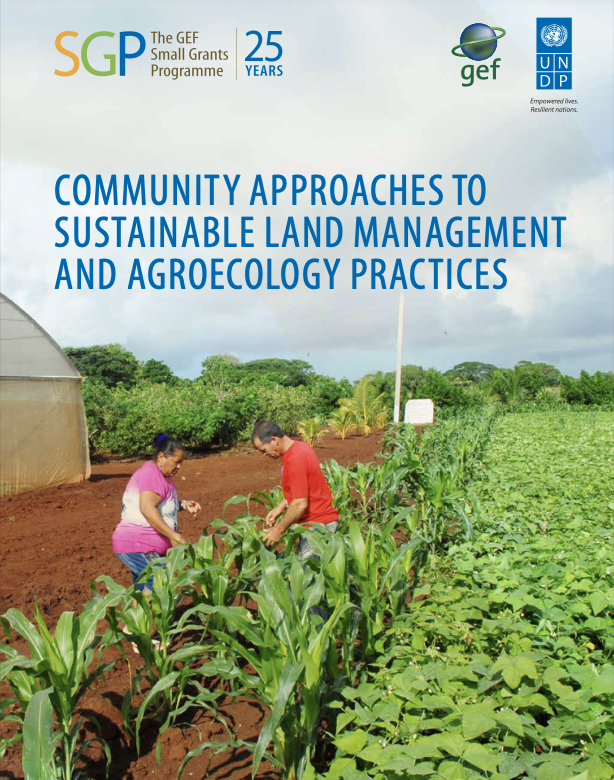Location
The Global Environment Facility (GEF) was established on the eve of the 1992 Rio Earth Summit, to help tackle our planet’s most pressing environmental problems. Since then, the GEF has provided $14.5 billion in grants and mobilized $75.4 billion in additional financing for almost 4,000 projects. The GEF has become an international partnership of 183 countries, international institutions, civil society organizations, and private sector to address global environmental issues.
The GEF’s 18 implementing partners are: Asian Development Bank (ADB), African Development Bank (AFDB), Development Bank of Latin America (CAF), Conservation International (CI), Development Bank of Southern Africa (DBSA), European Bank for Reconstruction and Development (EBRD), Foreign Economic Cooperation Office - Ministry of Environmental Protection of China (FECO), Food and Agriculture Organization of the United Nations (FAO), Fundo Brasileiro para a Biodiversidade (FUNBIO), Inter-American Development Bank (IDB), International Fund for Agricultural Development (IFAD), International Union for Conservation of Nature (IUCN), United Nations Development Programme (UNDP), United Nations Environment Programme (UNEP), United Nations Industrial Development Organization (UNIDO), West African Development Bank (BOAD), World Bank Group (WBG), World Wildlife Fund U.S. (WWF).
The GEF serves as financial mechanism for the following conventions:
- Convention on Biological Diversity (CBD)
- United Nations Framework Convention on Climate Change (UNFCCC)
- Stockholm Convention on Persistent Organic Pollutants (POPs)
- UN Convention to Combat Desertification (UNCCD)
- Minamata Convention on Mercury
- The GEF, although not linked formally to the Montreal Protocol on Substances That Deplete the Ozone Layer (MP), supports implementation of the Protocol in countries with economies in transition.
The GEF administers the LDCF and SCCF which were established by the Conference of the Parties (COP) to the UNFCCC. The GEF also administers the Nagoya Protocol Implementation Fund (NPIF) that was established by the Convention on Biological Diversity (CBD). In addition, the GEF Secretariat hosts the Adaptation Fund Board Secretariat.
Members:
Resources
Displaying 11 - 15 of 41Women as Environmental Stewards - The Experience of the Small Grants Programme
In this publication, the GEF Small Grants Programme, implemented by UNDP, features women as environmental stewards in case studies about biodiversity conservation, climate change, land degradation, international waters and chemicals and waste management.
Community Approaches to Sustainable Land Management and Agroecology Practices
As of 2017, SGP has awarded over 3,800 small grants to land degradation projects in over 120 countries, many of which are in regions with extreme levels of poverty and food insecurity across Africa and Latin America. Africa, in particular, is experiencing the highest population growth of the developing world, while being exposed and vulnerable to the rising impact from climate change.
GEF Land Degradation Linkage Study
The purpose of this report is to identify the results, and initial impact of the land degradation component of those linkage projects which encompass biodiversity, international waters, and climate change with land degradation. The lessons learned from this review lead to recommendations on how land degradation issues should be addressed in focal area reviews, and in subsequent Global Environment Facility (GEF) activities.
Transforming Land Management Globally
The GEF Land Degradation Focal Area provides the framework for eligible countries1 to utilize GEF resources for implementing the UNCCD. Through the focal area, the GEF provides incremental financing for countries to invest in sustainable land management (SLM) activities that generate multiple environmental and development benefits. In most developing countries, SLM represents a major opportunity for sustainable intensification of existing farmlands, leading to sustained productivity.
Island Innovations – UNDP and GEF: Leveraging the environment for the sustainable development of Small Island Developing States
This publication, ‘Island Innovations – UNDP and GEF: Leveraging the Environment for the Sustainable Development of SIDS’, demonstrates that far from succumbing to these challenges, SIDS have time and again risen to the task of managing their fragile environments to meet their sustainable development goals.




